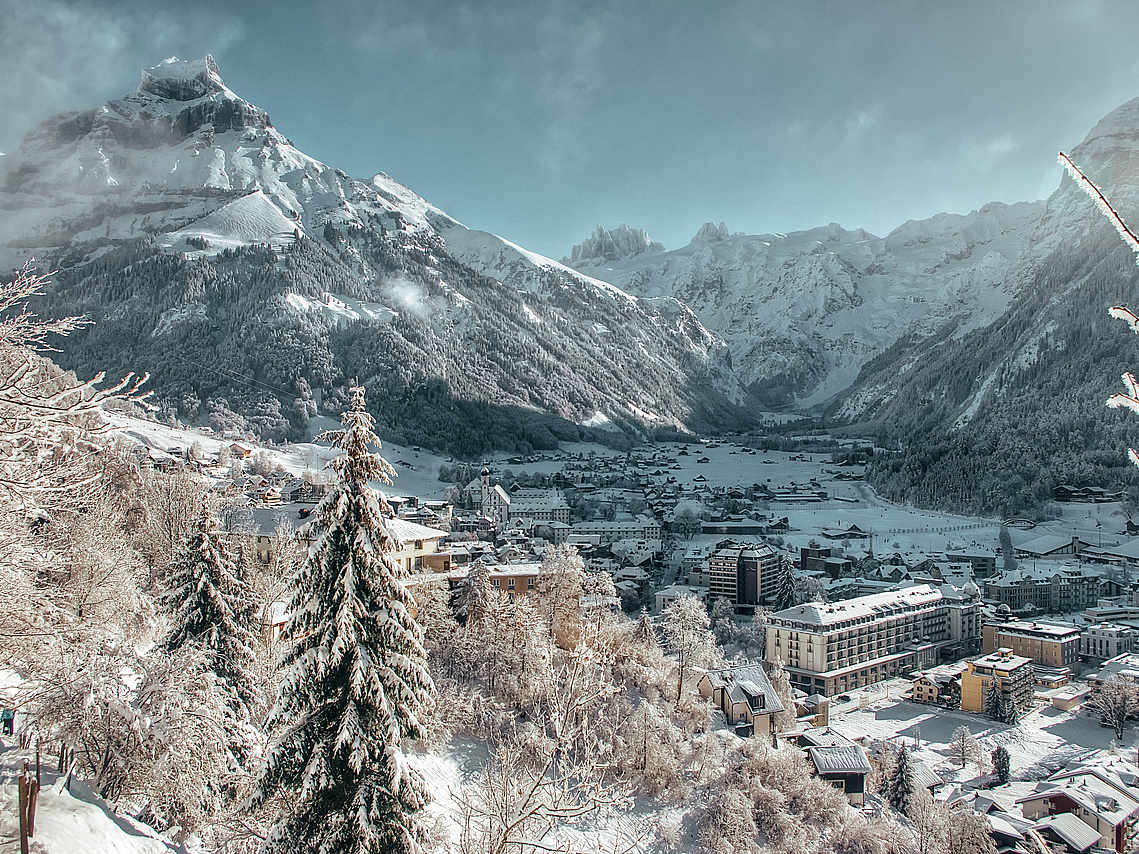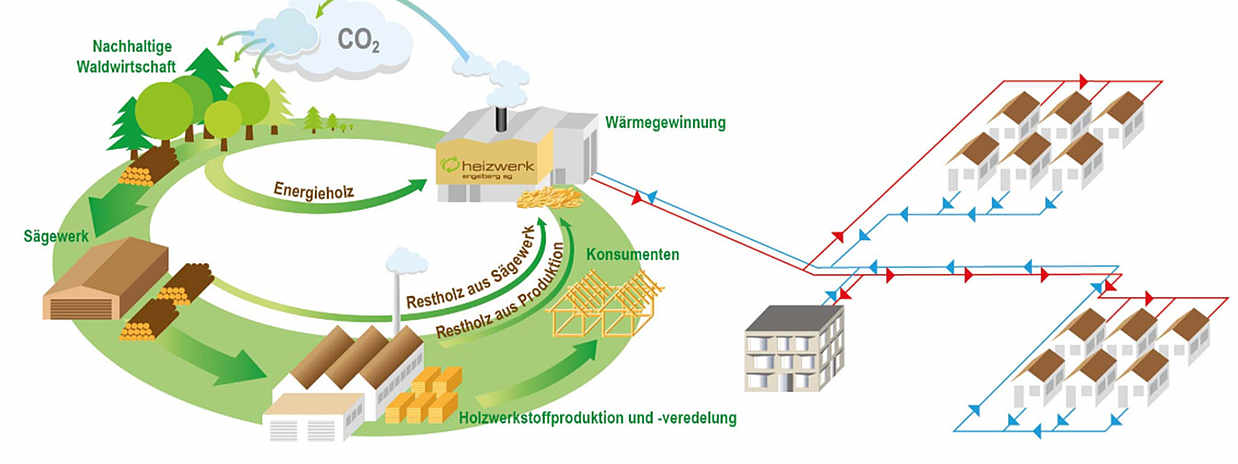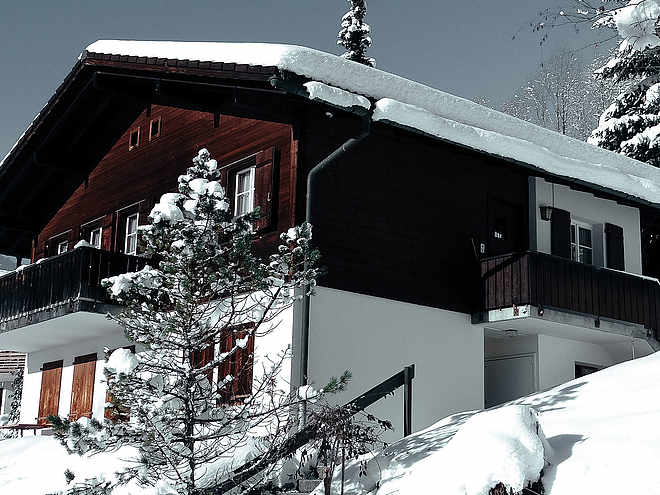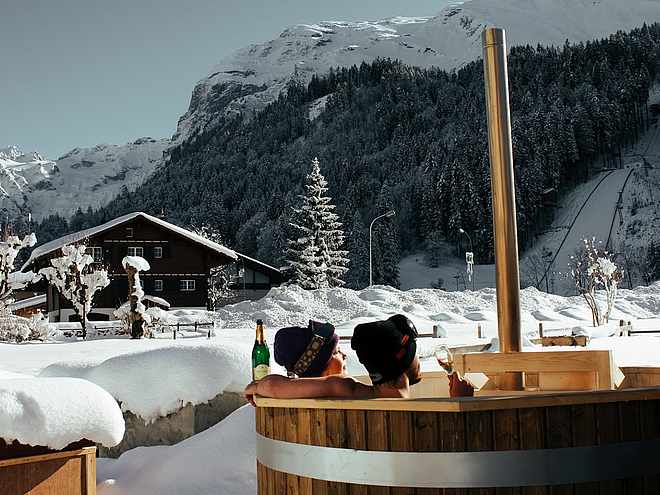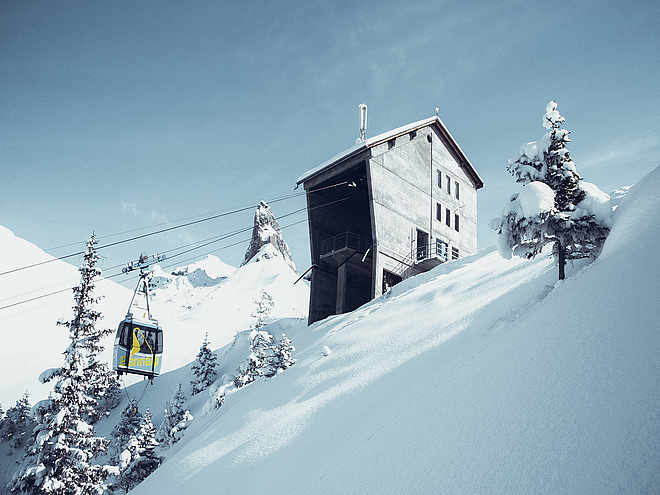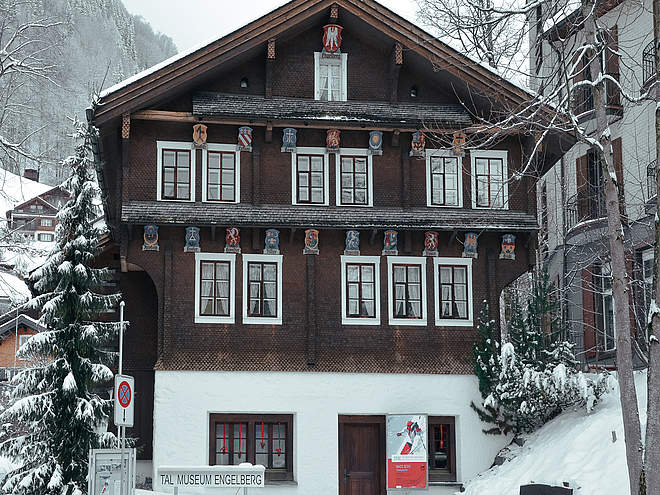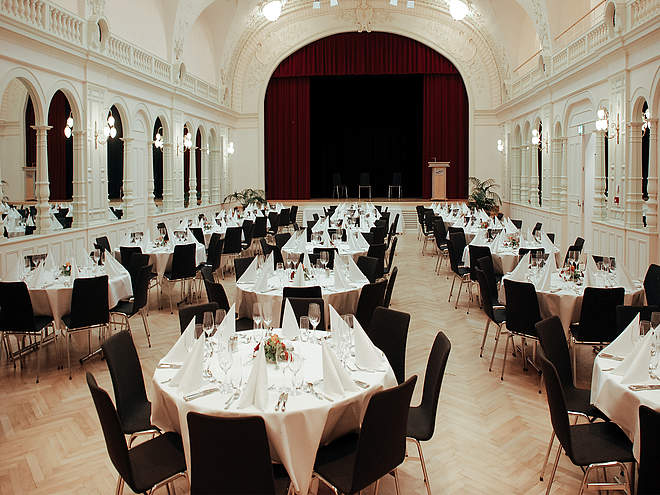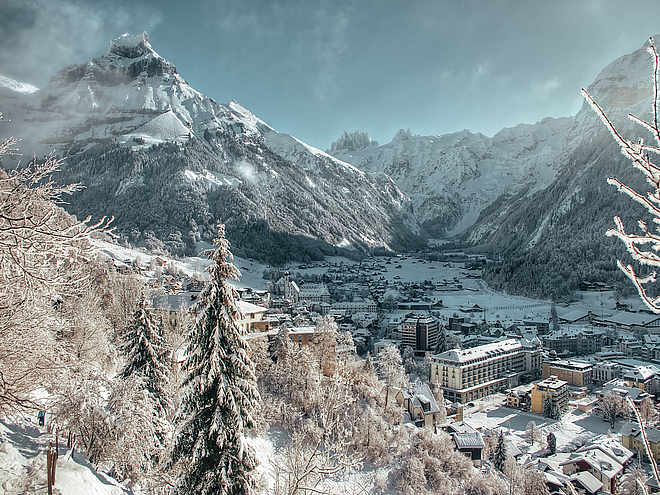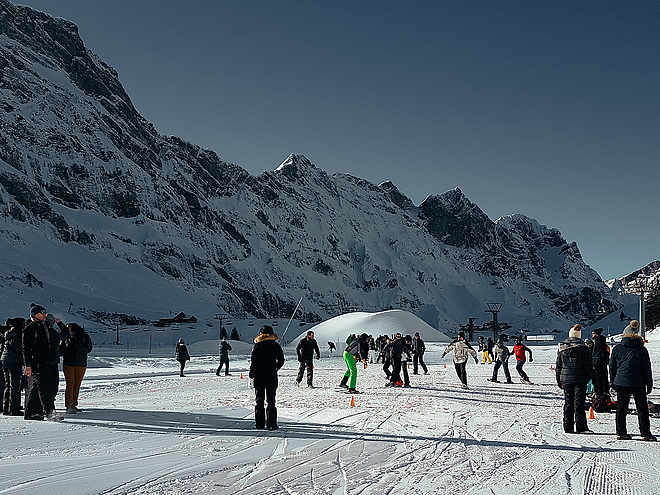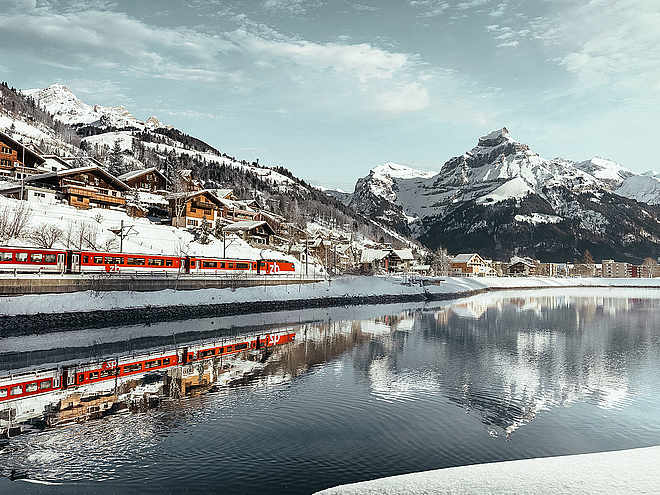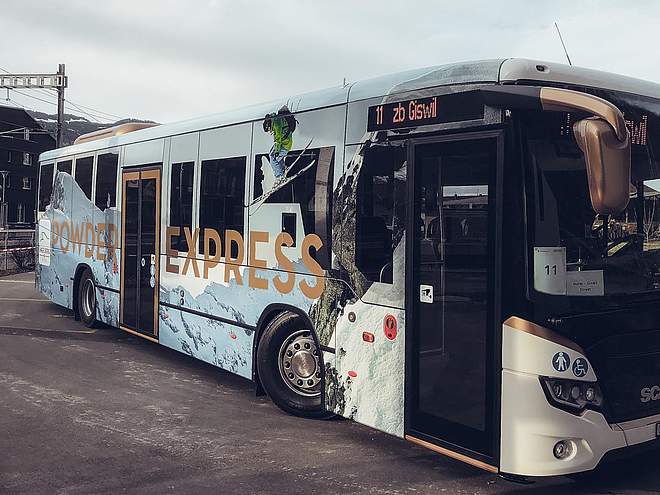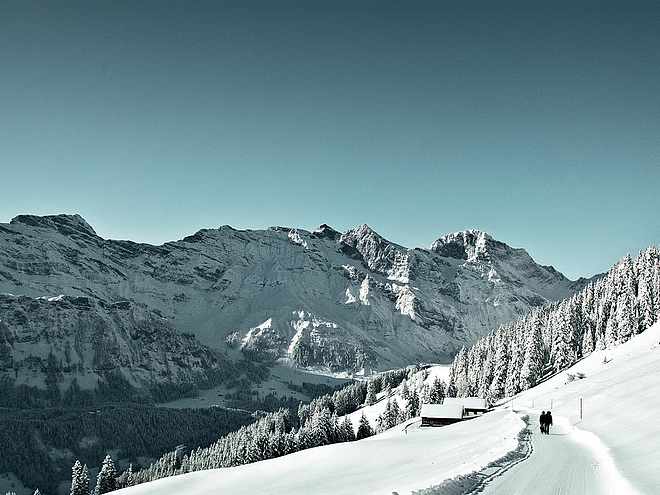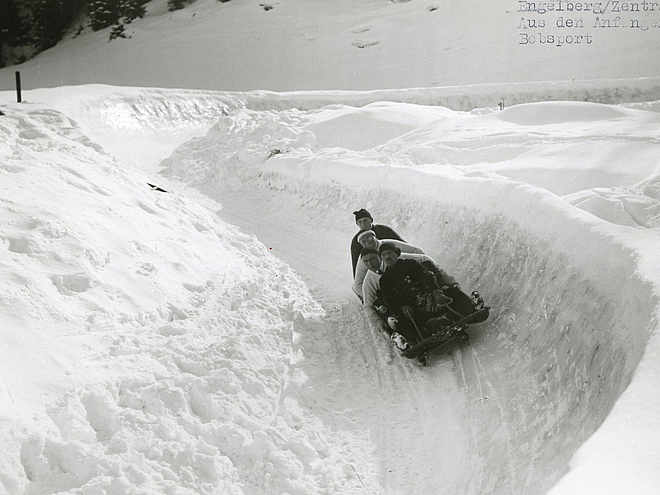The Energy City label is a certificate of achievement for municipalities that exemplify and implement a sustainable municipal energy policy. The cantons and SwissEnergy support energy cities with financial resources and tools for their task as active and innovative communities. Engelberg has been allowed to use this title since 2011 and is doing its utmost to more than live up to it with a comprehensive range of measures.
More DetailsSustainability in Engelbrg
Engelberg carries the "Energiestadt" label since 2011. In addition, since the 2019/2020 winter season, the Engelberg heating plant has increasingly been supplying houses and hotels in the region with district heating.
ENGELBERG HEATING STATION
Since the winter season 2019/2020, ecological heat from local wood chips can be supplied via district heating pipeline to the village center of Engelberg. The showcase project Heizwerk Engelberg offers enough capacity to serve 60% of Engelberg households with an ecological power supply together with the wood heating plant of the Benedictine monastery.
The advantage of a district heating system is that heat can be generated centrally for an entire region and not in each building individually. In Engelberg, this heat is generated in the Ghärstli wood-fired heating plant, which is ideally located at the entrance to the village. The first priority is to use wood from the Engelberg forest, while other wood is sourced from the region of Central Switzerland. The consumption of firewood from the Engelberg forest is unobjectionable due to Engelberg's sophisticated forestry system.
- In the future, the 5* Hotel Palace Engelberg Titlis will also be powered by ecological heat from the heating plant. This will save around 2.5 million liters of heating oil or 6,600 tons of CO2.
- Energy is planned for the long term in Engelberg. In a period of 10 - 15 years, 90% of the electricity consumption in Engelberg is to be covered with renewable and ecological energy.
THIS IS HOW DISTRICT HEATING IS PRODUCED IN ENGELBERG
You can imagine this heating plant as a big central heating system, where the heat is produced, and then to supply 60% of the municipality of Engelberg with energy.
District heating in the form of hot water reaches the properties via a well-insulated pipe network. The district heating network consists of two pipes, the supply and return, which form a closed water system. The supply brings the hot water from the heat production plants to the customers.
Depending on the outside temperature, the water usually has a temperature of 90 to 120 °C. The return flow brings the water, which has cooled down to around 50 °C, back to the heat production plant, which heats it up again - the cycle starts all over again. The heat is transferred to the heat consumers by means of a transfer station: By means of heat exchangers, the heat is transferred to the common heating system of the connected buildings.The connection to a district heating network is a price-stable and environmentally friendly alternative to conventional heating systems
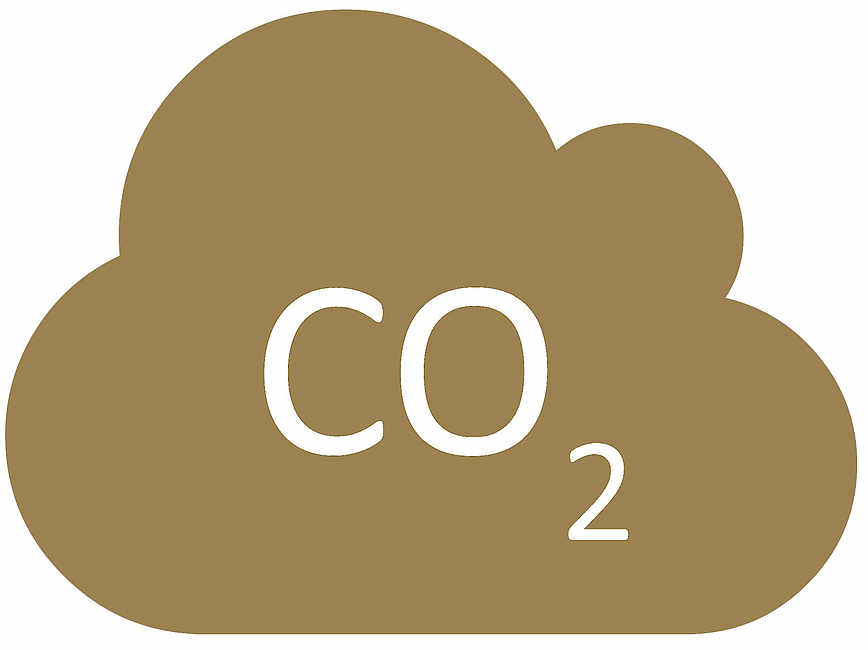
Due to the use of renewable energies, the district heating is CO2-neutral.

Wood as an energy source is characterized by stable market prices. When connecting a property to a district heating system, one receives financial support from federal and cantonal subsidy programs.

Wood as an energy source is characterized by stable market prices. When connecting a property to a district heating system, one receives financial support from federal and cantonal subsidy programs.

